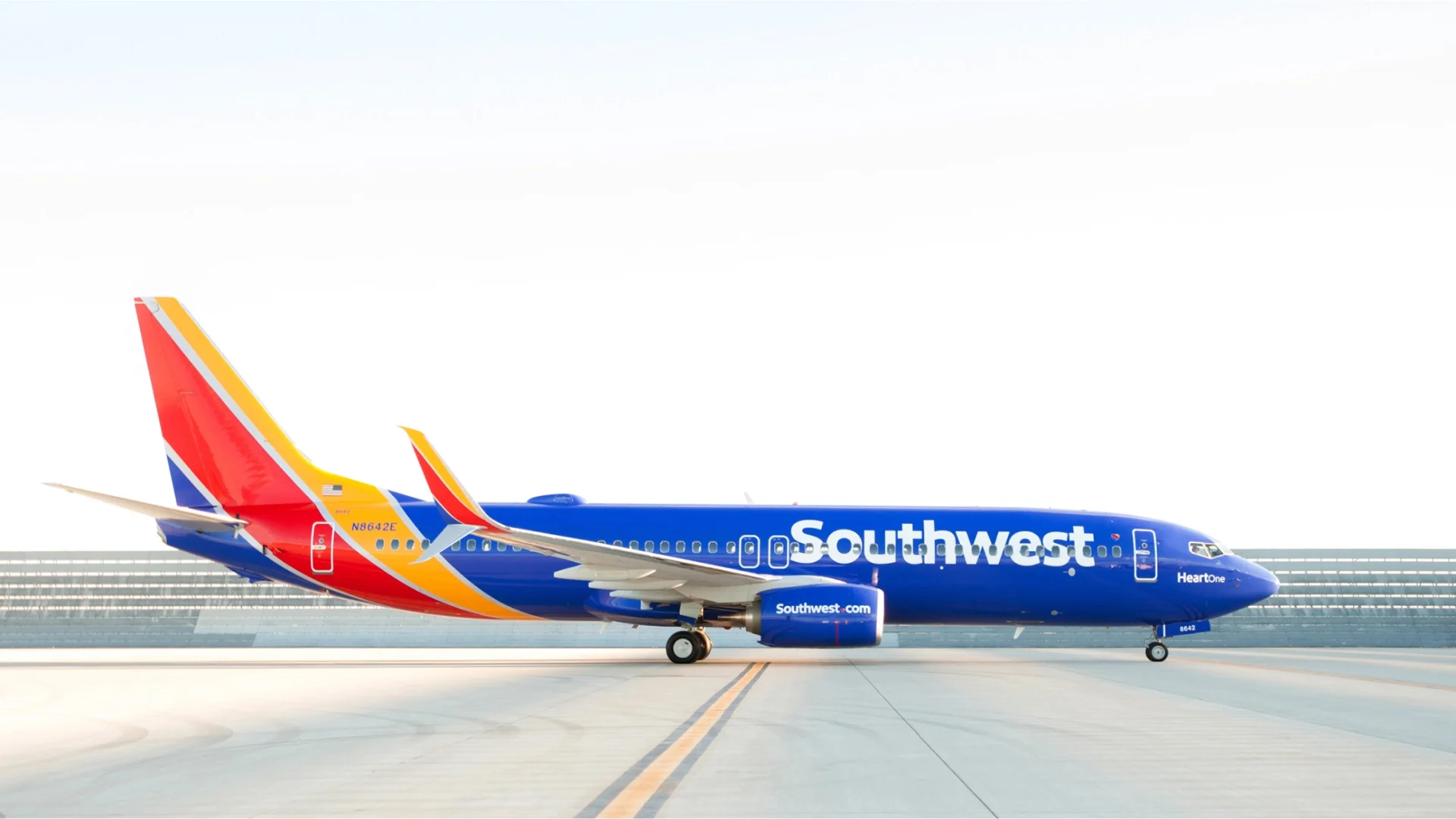Spotting airports at night is particularly challenging since they blend with the surrounding dark landscape. Pilots must ensure they have the correct airport beacon to avoid landing at the wrong airport at night. Taxiing at night is more challenging, as airports lack overhead lighting and forward visibility is reduced. The majority of pilots' flight time is logged during daylight hours. Training is required during the daytime; many more passenger flights occur between sunrise and sunset. Aside from cargo pilots, who fly many more nighttime flights, roughly 60-75% of an airline pilot's flight time occurs during the daytime. Flying at night, though easier in some ways, comes with challenges.
While it may not be too different during the cruise, navigating at and around airports can be challenging. This article will discuss two key points: finding the airport and taxiing.
Identifying an airport at nighttime is a skill that pilots develop during training and continue to hone throughout their careers. As unbelievable as it may seem to the non-flying population, spotting airports at night (even large airports) is significantly more difficult than finding airports during the day. While airports stand out during daylight hours, they disappear at night. This is especially true if not located in an urban center; airports are many square miles of dark concrete and level terrain that easily blend perfectly with a non-urban background at night.
 Alerts Sign-up
Alerts Sign-up









